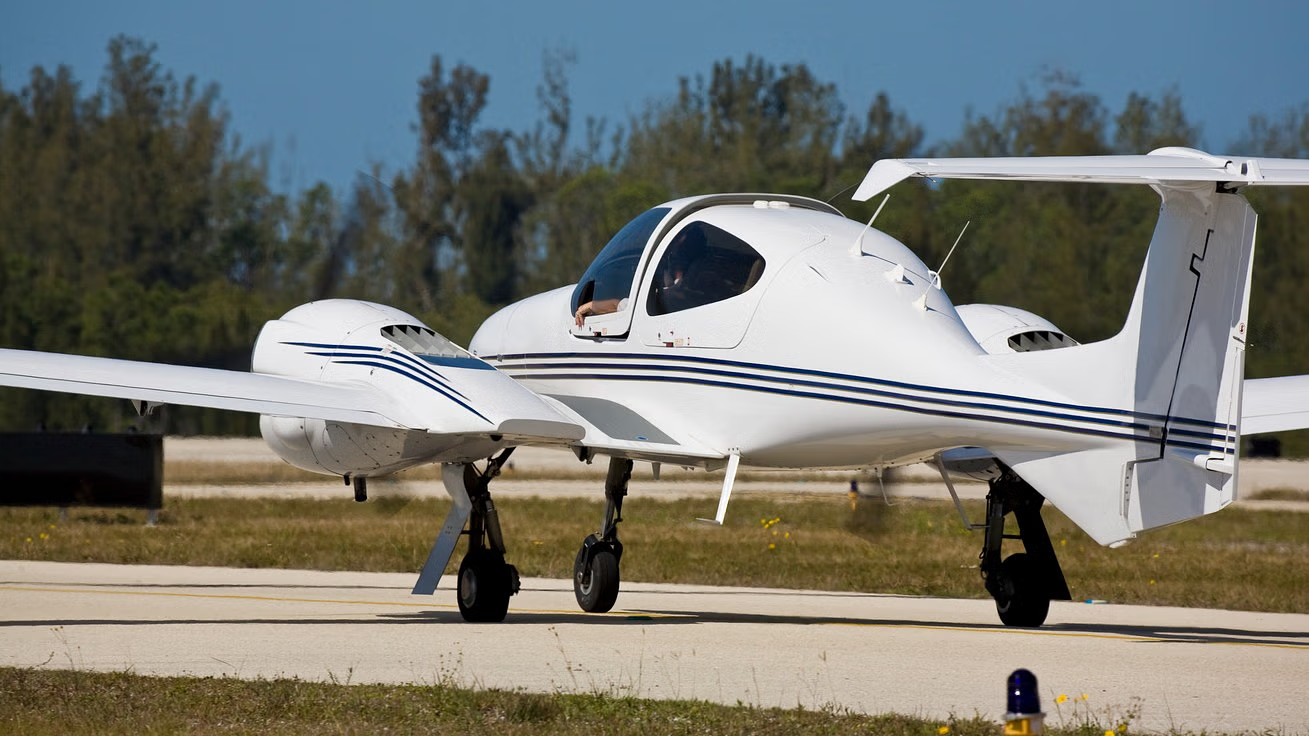Font size:
Print
Electric Hansa (E-Hansa)
India has initiated the process to develop Electric Hansa (E-Hansa), a next-generation two-seater electric trainer aircraft
Context: India has taken a significant step towards achieving its green aviation and indigenous technology goals with the announcement of the Electric Hansa (E-HANSA) project.
More on News
- The project was officially announced by Dr. Jitendra Singh, Union Minister of State (Independent Charge) for Science & Technology.
- He disclosed this while chairing a high-level monthly review meeting with secretaries of all major science departments at the Science Centre.

E-Hansa: A Green Leap in Aviation
- India has initiated the development of Electric Hansa (E-Hansa), a next-generation two-seater electric trainer aircraft.
- The project is led by CSIR-National Aerospace Laboratories (NAL), Bengaluru.
- Cost: Expected around Rs 2 crore, nearly half the price of comparable imported aircraft.
- Part of the HANSA-3 (NG) trainer aircraft program aimed at cost-effective, indigenous pilot training.
- Supports green aviation and the use of clean energy fuels in aircraft operations.
Science & Technology Ecosystem Reforms
- Meeting Objectives: The review meeting included discussions on performance assessment, implementation status of prior decisions, and the path forward for transformative reforms in India’s science ecosystem.
- Public-Private Partnerships (PPP): Emphasis on commercialisation of indigenous technologies.
- National Research Development Corporation (NRDC) instructed to follow the DBT-BIRAC and IN-SPACe models.
- Advocated for a hub-and-spoke PPP model, using AI-driven tech/IP exchange platforms and regional NTTOs.
- Policy Priorities:
- Standardised tech transfer protocols.
- Promoting Indian R&D aligned with “Vasudhaiva Kutumbakam”.
- Enhancing ease of doing business.
Space Achievements & Initiatives
- SPADEX Mission: Celebrated for successful docking and undocking capabilities, critical for the Gaganyaan human spaceflight.
- Operation Sindoor: Acknowledged ISRO’s vital role, and highlighted collaboration with 40 Union Ministries and 28 State Governments.
- Axiom Space Mission: Group Captain Subhash Shukla to conduct seven microgravity experiments aboard the ISS, enhancing India’s space research credentials.
National Science Planning, Talent Development & Global Collaborations
- ‘Viksit Bharat’ Vision: Advocates a Whole-of-Science and Whole-of-Government strategy.
- Chintan Shivir Initiative: Region-wise sessions to be organised including DST, DBT, CSIR, ISRO, Earth Sciences, and Atomic Energy departments. Inspired by successful Chintan Shivir at NIOT, Chennai.
- Global Science Talent Bridge: Proposed to attract global researchers and innovators to bolster biomanufacturing and R&D in India.
- Student Engagement with CSIR Labs: Overwhelming response to CSIR lab openings (announced in PM’s Mann Ki Baat). Temporarily paused due to security concerns but to be resumed soon.
- Global Scientific Collaboration: Countries like Switzerland and Italy exploring bilateral science collaboration centres, similar to Indo-French and Indo-German Science Centres.
Subscribe to our Youtube Channel for more Valuable Content – TheStudyias
Download the App to Subscribe to our Courses – Thestudyias
The Source’s Authority and Ownership of the Article is Claimed By THE STUDY IAS BY MANIKANT SINGH





